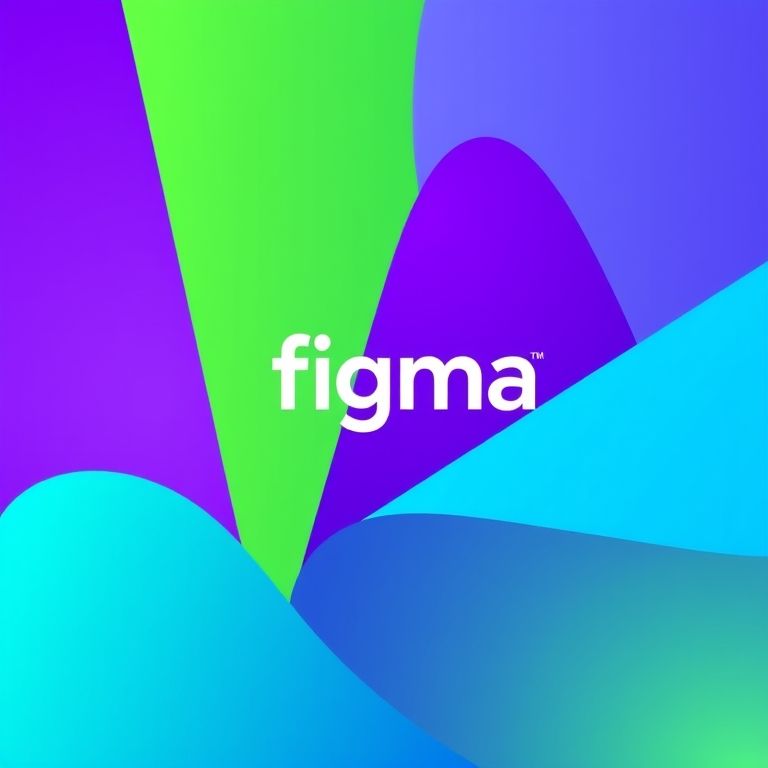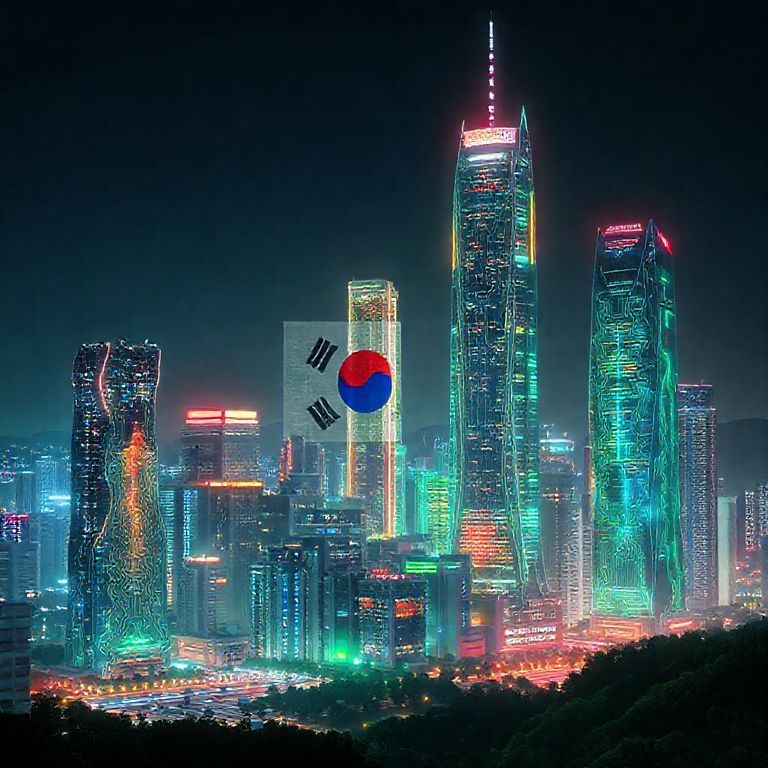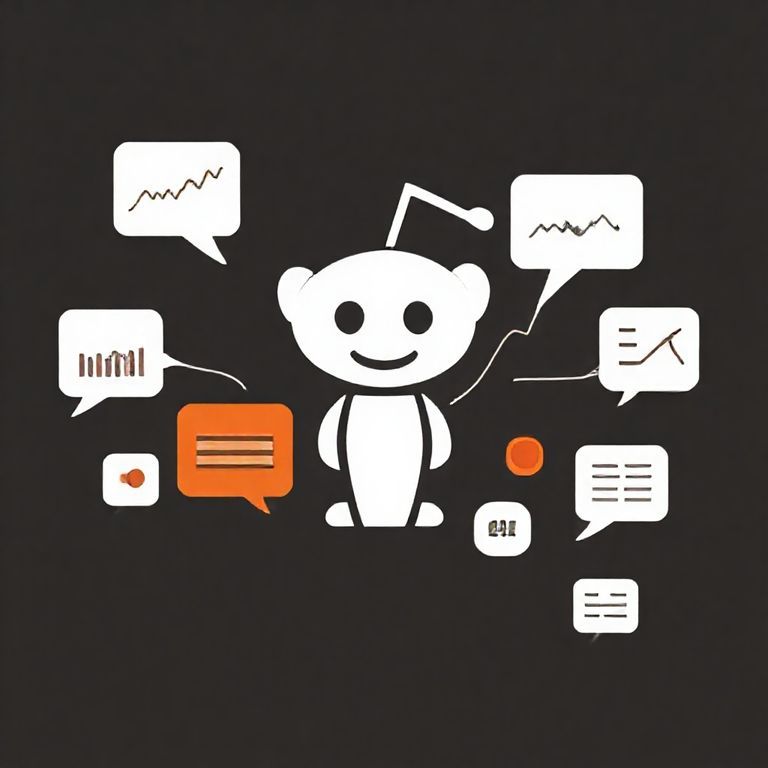Okay, design world, something cool just happened, and I wanted to share my thoughts. Figma just snagged Weavy, an AI company that creates images and videos. Yeah, the Figma we all know and love. This isn’t just another tech acquisition; it feels like a peek into the future of design.
So, what’s the big deal? Weavy uses AI to generate visual content. Imagine being able to create custom images or short video clips inside Figma, without hopping between different apps. Talk about a productivity boost!
This move feels particularly smart given the direction the design industry is heading. According to a recent report by McKinsey, AI could potentially automate up to 30% of tasks in creative professions. This acquisition positions Figma to be at the forefront of that shift, empowering designers, not replacing them. They say AI will free up time spent on repetitive tasks, so we can focus on creativity.
Think about it: you’re working on a website mockup and need a quick hero image. Instead of spending hours searching stock photo sites or creating something from scratch in another program, you could just use Weavy’s AI within Figma. This could seriously speed up the design process and allow for more experimentation.
The demand for visual content is exploding. Cisco’s Visual Networking Index predicts that video will account for 82% of all internet traffic by 2022. Figma seems to recognize this. The acquisition makes sense, it’s not just about static designs anymore; it’s about dynamic, engaging experiences.
But here’s the question: will this integration be seamless? Will it be easy for everyday designers to use, or will it require a PhD in AI? That’s what I’m most curious to see.
My Top 5 Takeaways:
- Faster Workflows: Weavy’s AI could significantly speed up image and video creation within Figma, letting you iterate faster.
- More Creative Exploration: Easy access to AI-generated content could encourage designers to experiment with more ideas.
- AI-Powered Design: Figma is clearly betting on AI as a key part of the future of design, and this acquisition puts them ahead of the curve.
- Focus on Visual Content: Figma recognizes the growing importance of video and dynamic visuals in design.
- Potential Challenges: The success of this acquisition will depend on how well Weavy’s AI is integrated into Figma’s user experience and workflow.
FAQs
- What is Weavy? Weavy is an AI-powered company that specializes in generating images and videos.
- Why did Figma acquire Weavy? Figma acquired Weavy to integrate AI-powered image and video generation directly into its design platform.
- How will this acquisition affect designers? It should streamline workflows, speed up content creation, and enable more creative exploration within Figma.
- Will this replace designers? No, the aim is to empower designers by automating repetitive tasks, freeing them to focus on creative aspects.
- When will Weavy’s AI be integrated into Figma? Figma hasn’t announced a specific timeline, but it’s likely they’ll be working on integration in the coming months.
- Will this integration cost extra? Details on pricing haven’t been released yet, but it will likely be part of a premium Figma plan or an add-on feature.
- What kind of content can Weavy’s AI generate? Weavy can generate a wide range of images and videos, from simple graphics to more complex visuals.
- Will I need AI expertise to use Weavy in Figma? Ideally, the integration will be user-friendly and accessible to designers with varying levels of AI knowledge.
- How will this impact Figma’s competitors? This move puts pressure on other design platforms to invest in AI capabilities to stay competitive.
- Where can I learn more about Weavy’s capabilities? While Weavy is now part of Figma, keep an eye on Figma’s official announcements and blog for updates.


